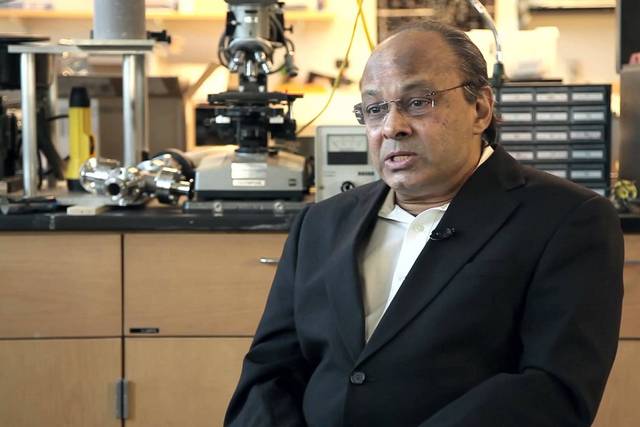Graphene
Nanotechnologist Andrea Ferrari on the properties of Graphene, its significant history, and how to send it from the lab to the factory floor
videos | November 2, 2016
How does graphene’s strength compare to that of a diamond? In what way will graphene impact the future of technology? How can graphene go from the lab to the factory floor, for mass production? These and other questions are answered by Professor and Nanotechnologist Andrea Ferrari. The video is a part of the project British Scientists produced in collaboration between Serious Science and the British Council.
Graphite is like a book, and each page of the book is like graphene. So, you can exactly as in a book exfoliate, remove a flake, remove a page and that’s what graphene is. Actually, graphite is not the only material that looks like a book, there are maybe one thousand, maybe two thousand, maybe even more materials that are layered exactly like a book.

Graphene is at the center of a huge research effort, both in Europe, in US, in Asia, in Japan, everywhere worldwide in order to take this very peculiar material from the lab towards the factory floor. The properties of graphene are unique in that it is the thinnest material you can make, you cannot make a material thinner than one atom; it is the strongest one, it’s stronger than diamond; it is very stretchable, it takes 26% of strain to break the carbon-carbon bond in graphene.
The very large strength of graphene can be combined with polymers to create polymer composites that are much stronger than you usually get. But, also at the same time they could be electrically conducted. So, this can be very important, for example, if you think about airplanes where now a day most of the structure is made of composites. There are joints between sections of the plane and you don’t want electricity to accumulate at these joints and create issues. So, you can create a glue that has graphene in it so allows electrical conductivity, and at the same time, allows good mechanical properties.





























